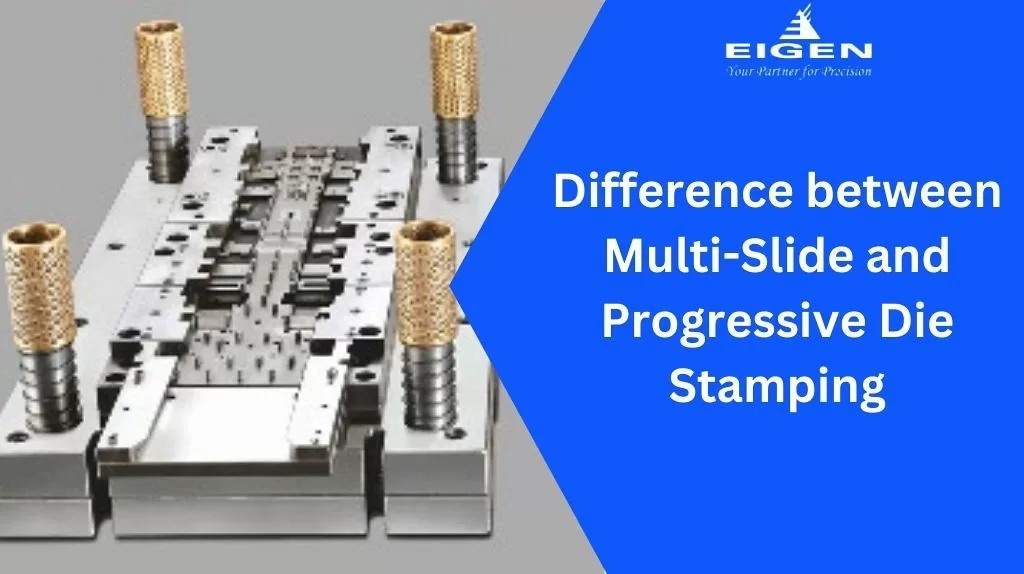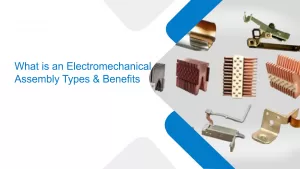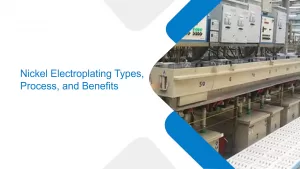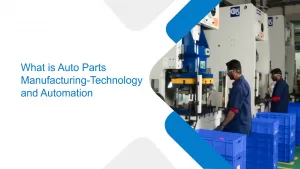Difference between Multi-Slide and Progressive Die Stamping
- Progressive Die Stamping |
- Jul 12, 2024

Metal stamping plays a main role in the manufacturing industry. High quality stamping methods have been used in many industries. It includes food and beverage storage, mining equipment, healthcare, and aerospace.
As the designs for these applications become more complicated, so do the requirements for intricate parts. The complexity and diversity of these components required the development of additional stamping techniques and gear capable of producing these pieces to a high level of quality.
As a result, progressive and multi-slide stamping technologies were developed. Confused on Multi slide vs progressive die stamping? If so, then look for both advantages and choose the right one for your project. In this post, you can look into the difference between multi-slide and progressive die stamping.
Progressive Die Stamping
When processing metal materials, a progressive die stamping tool advances upwards. In a progressive die stamping press, the slit coil metal goes through several stamping stations. Each station completes a particular process.
At the first station, the die slices bend or open the metal strip according to a timetable. The material is subsequently passed to the next station, where the subsequent stamping task is done.
This process continues till the final product is complete. Depending on the complexity of the finished metalworking part, there may be one or more steps.
Multi-Slide Stamping
A four-slide or multi-slide stamping press is a machine that uses multiple dies and tools to stamp components from wire coil or slit coil feedstock. The dies are coupled to adjacent slides that move horizontally in four directions.
This permits intricate forms to be created. When a four-slide machine is first started, a roll of metal is inserted. The machine then stamps and molds the metal with a series of manually moving cams.
The part is taken from the press and moved on to the next step in the manufacturing process.
Advantages of Progressive Die Stamping
Progressive die stamping offers numerous advantages over other stamping methods. Here are some key advantages:
- Less Time to Set Up
One of the key benefits of progressive die stamping is a much shorter setup time. This stamping method takes approximately 38% less time to set up. This efficiency enables producers to produce smaller batch sizes and offers greater flexibility in manufacturing scheduling. At Progressive die stamping, manufacturers can produce exactly what the client requires when they need it without the lengthy downtime associated with conventional approaches.
- High Accuracy
The design of progressive die stamping, in which each station conducts a distinct operation, adds to its great efficiency and precision. This method enables the manufacturing of vast numbers of pieces with excellent precision. Do you need a high accuracy product? Confused between Multi slide vs progressive die stamping? When it comes to accuracy, progressive die stamping will definitely be your perfect choice.
- Generic Tooling
Another significant benefit of progressive die stamping is the use of generic tooling. The forming process is primarily based on vertical pressure, which minimizes tooling requirements. This simplicity enables easy tooling transfer from one supplier to another, eliminating the need for major retrofits. If a press machine with the same cargo and bed size is available, a tool designed to run on that specific bed size and tonnage can usually be utilized in another press without considerable modification. This saves money and also provides production continuity.
Advantages of Four-Slide/Multi-Slide Stamping
Four-slide or multi-slide stamping is an excellent choice for specific manufacturing needs. Here are the key advantages:
- Produces Complex Parts
Four-slide stamping is particularly effective at creating complex pieces due to its unique horizontal action at right angles. This feature enables the fabrication of complicated and multi-part bends, including those greater than 90°. The procedure can do several folds, bends, cuts, or punches in a single phase. This ability to handle complex geometries makes four-slide stamping suitable for producing items with detailed and intricate patterns.
- Burr Side Selection
One of the distinguishing features of four-slide stamping is the ability to direct where the cutting burr ends up. Because the forming pressure can be applied from any direction, producers can decide whether the cutting burr should be on the top or bottom of the strip. This flexibility is especially valuable in applications where the burr side’s position is important to the part’s operation or assembly.
- Less Wastage
Multi-slide machines are significantly more efficient, producing around 31% less scrap than standard progressive die stamping. This efficiency is achieved by eliminating the requirement for pilot holes and using slotted blank holders, which let parts move from stage to stage without pilots. This waste reduction results in significant cost savings and improves access to raw materials in certain dimensions.
Final Verdict
Both stamping processes are unique in their ways. The Multi slide vs progressive die stamping is determined by the project’s specific requirements, such as part complexity, production volume, cost concerns, and the need for flexibility. Understanding the distinct capabilities of each approach allows manufacturers to choose the best technique to suit their production objectives.
Ujjwal handles crucial roles like AGM Marketing, researcher, and is an author for KDDL – Eigen. He currently works with Eigen for implementing proven techniques and strategies for marketing plans on online and offline platforms. An expert in efficiently executing SEO, SEM, email marketing, social media marketing, PR marketing, Print campaigns, etc. Ujjwal has coordinated an efficient marketing team on various creative campaigns and programmatic buying to support various digital cross-promotion efforts. Implement efficient search optimization strategies with the help of collateral material and metrics.
In his former years, Ujjwal has years of experience in a managerial role for several reputed companies. His years of experience combined with the flair of writing help him come up with result oriented strategies for Eigen.




